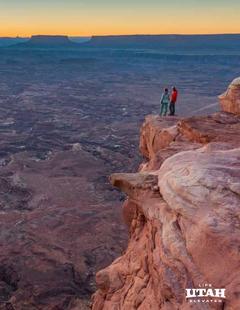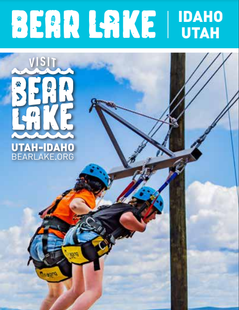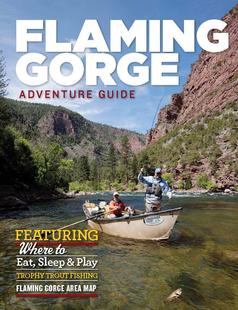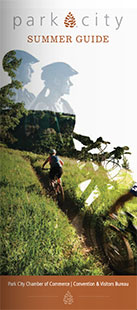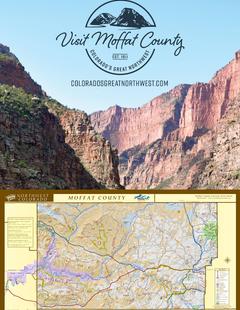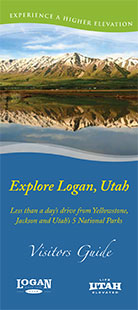Basics
- Location:
- Wellsville Mountains Wilderness Area
- Length:
- 7.5 miles (plus 6.5 miles by car or bicycle)
- Difficulty:
- Intermediate
- Time:
- 5 3/4 hours
- Elevation Range:
- 5400 feet to 9350 feet
- Elevation Change:
- -4950 feet
- Season:
- Summer through mid-fall.
Description
From the trailhead the trail climbs steadily up Deep Canyon for a distance of 3.2 miles, finally reaching a small saddle on the summit ridge after an elevation gain of 2,700 feet. The trail splits at the saddle, with the southern branch going to Stewart Pass and the northern branch proceeding along the ridge to the top of a small unnamed peak 0.7 mile away. This peak is supposed to be an especially fine place to watch the hawks, but in fact if the conditions are right they can be seen almost everywhere along the ridge. The best time to see the hawks is during the fall migration on days when there is enough wind to create good updrafts on the western side of the mountain.
Some content provided by www.utahtrails.com.
Details
Location:
Length:
Difficulty:
Time:
Elevation Range:
Elevation Change:
Season:
Additional Details:
From the saddle above Deep Canyon the main trail proceeds southward for 1.7 miles to Stewart Pass. Along the way the route traverses around the west side of Scout Peak (8,687 ft.), another good place for hawk watching. There are no signs to let you know when you arrive at Stewart Pass, but there is a stone monument marking the place. This is where the ridge trail intersects the Coldwater Canyon Trail, and where you must start your descent back to your shuttle car. Stewart Pass is the lowest point on the Wellsville Ridge between Scout Peak and the Wellsville Cone.
The hike down through Coldwater Canyon is much like the hike through Deep Canyon, except the trail is slightly steeper. You will loose 2,500 feet in 2.6 miles. About 0.6 mile before you reach the trailhead you will pass by Coldwater Lake, a small pond about 100 feet long.
Wellsville Cone
If time permits, you really should make a side trip to the top of the Wellsville Cone before starting down the Coldwater Canyon Trail from Stewart Pass. The Wellsville Cone is 1.6 miles from Stewart Pass, over an excellent trail, with an elevation gain of 980 feet. The side trip to Wellsville Cone and back will add about 2.5 hours onto your total hiking time.
Wellsville Cone, which can be clearly seen from the top of Stewart Pass, looks like an old volcanic cinder cone with its northern side eroded away. The mountain is made of sedimentary limestone, however, so the cone could not have been formed by a volcano. The Cone has two summits with the eastern peak being the higher one. The ridge trail passes between the two peaks. You will probably see another faint trail coming up through the bowl below Wellsville Cone on the west side of the mountain. This trail originates at the bottom of West Coldwater Canyon, but it is little used now and hard to follow.
For still more ambitious hikers it is only another 0.9 miles from the Wellsville Cone along the last part of the ridge to Box Elder Peak (9,372 ft.). Box Elder is the highest point in the Wellsville Mountains, but the views are not much different than the views from the summit of the Wellsville Cone.














